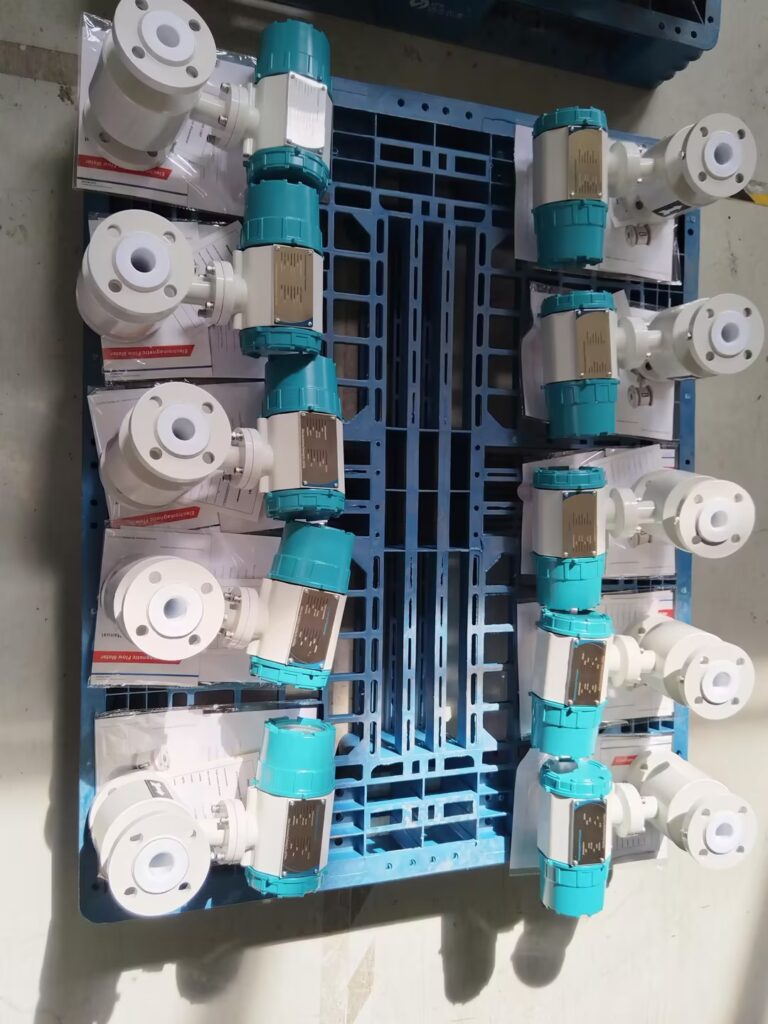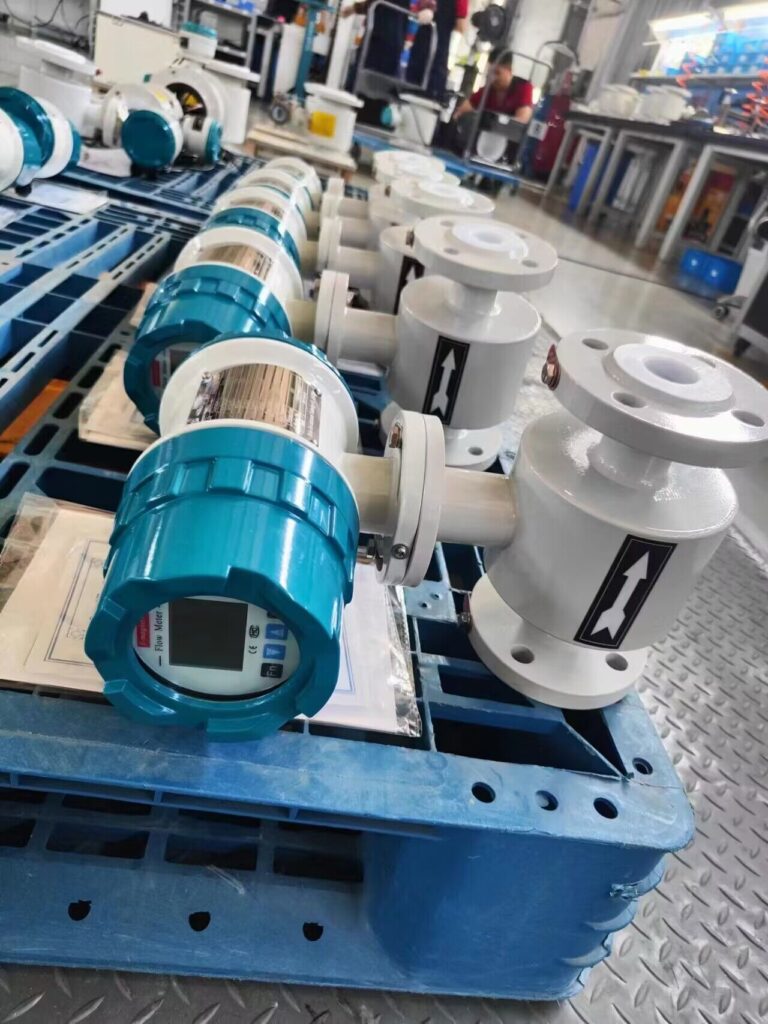Electromagnetic flow meter readings may fluctuate due to various reasons. The following outlines common causes and corresponding troubleshooting methods.

1. Common Causes
1.1 Electrode Contamination or Scaling
Impurities, scale, or oil in the fluid can accumulate on the electrodes, interfering with signal transmission.
Typical scenario: long-term unmaintained pipelines or poor water quality environments.
1.2 Abnormal Fluid Conditions
Low flow velocity (below 0.3 m/s) or the presence of bubbles or suspended solids in the fluid can cause unstable electromagnetic signals.
Typical scenario: partially filled pipes or centrifugal pumps sucking in air.
1.3 Improper Installation
The sensor is installed near valves or elbows, causing turbulent flow;
Poor grounding or lack of independent grounding introduces external electromagnetic interference.
1.4 Wiring or Device Faults
Loose or poor contact of the signal cable between the sensor and the transmitter;
Aged internal components or incorrect parameter settings in the transmitter.
1.5 External Electromagnetic Interference
Strong electromagnetic fields nearby (e.g., motors, inverters, high-voltage cables) interfere with signal transmission.

2. Recommended Solutions
2.1 Clean the Electrodes
Shut off the pipeline valve, remove the sensor, and clean the electrode surface using a soft brush and a neutral cleaning agent to ensure no residue remains.
2.2 Optimize Fluid Conditions
Ensure the pipeline is completely filled with fluid and eliminate bubbles;
If flow velocity is too low, consider reducing the pipe diameter or increasing pump frequency (recommended >0.5 m/s).
2.3 Check Installation and Grounding
Confirm the required straight pipe lengths: 10D upstream and 5D downstream (D = pipe diameter);
Ensure the grounding wire is securely connected to an independent grounding rod (grounding resistance <10Ω).
2.4 Inspect Wiring and Equipment
Reconnect the signal cable and use a multimeter to check circuit continuity;
Verify that transmitter settings (e.g., excitation mode, electrode constant) are correct.
2.5 Shield Against Interference
Use shielded signal cables and route them away from high-interference equipment;
Install a metal shielding enclosure on the sensor or relocate it if necessary.
2.6 Calibration and Repair
Use a standard signal generator to calibrate the transmitter;
If the issue persists, internal damage such as liner peeling or coil failure may be present—contact the manufacturer for repair.

3. Preventive Measures
Routine Maintenance: Clean electrodes and check fluid conditions every 3–6 months.
System Design Optimization: Install air eliminators or filters upstream of the sensor to reduce bubbles and contaminants.
Electromagnetic Compatibility: Avoid sharing power circuits with devices like inverters or welding machines.

If the problem persists, please contact the technical support team of Dalian Zero Instrument Technology Co., LTD for on-site inspection and professional assistance.
